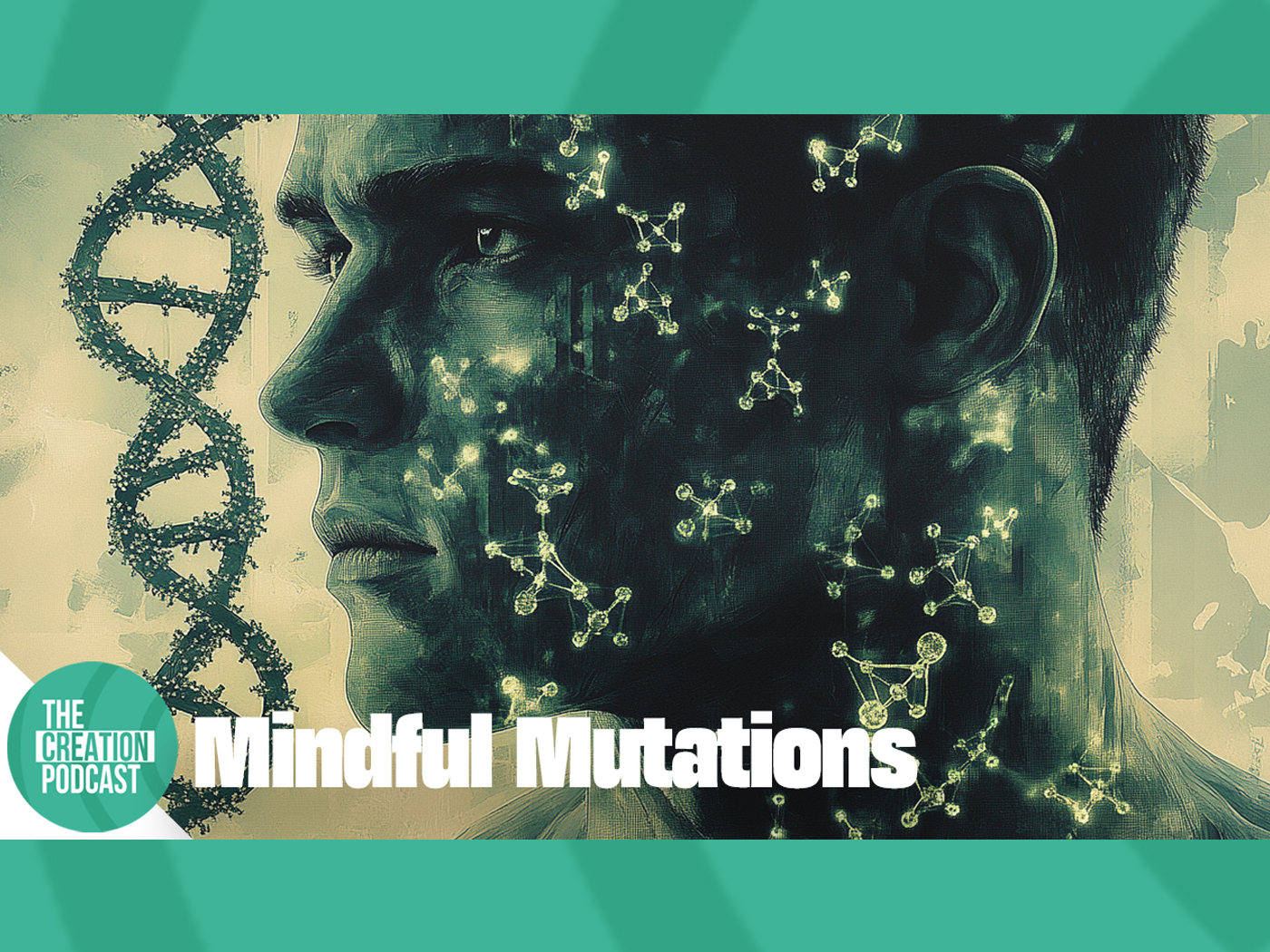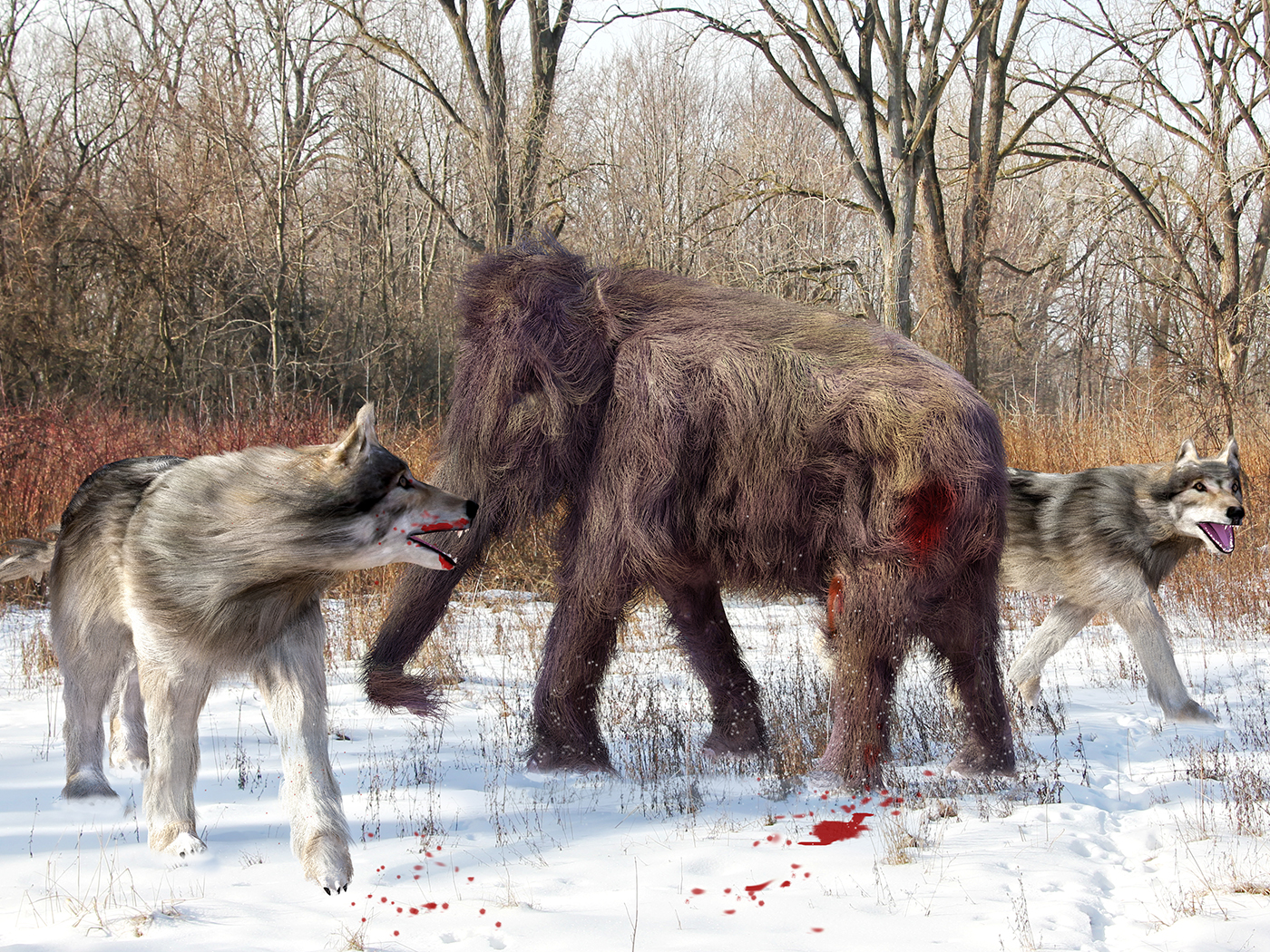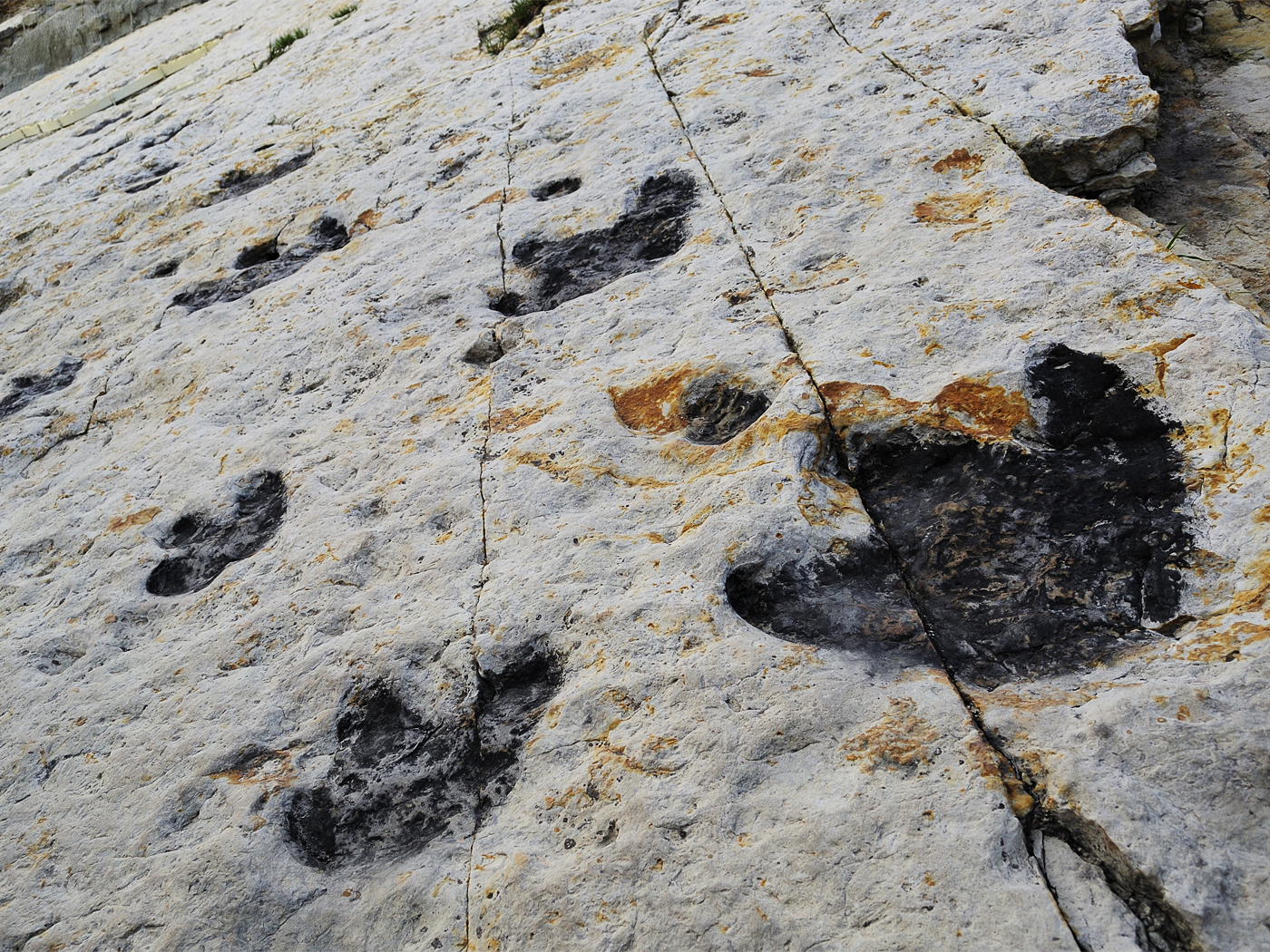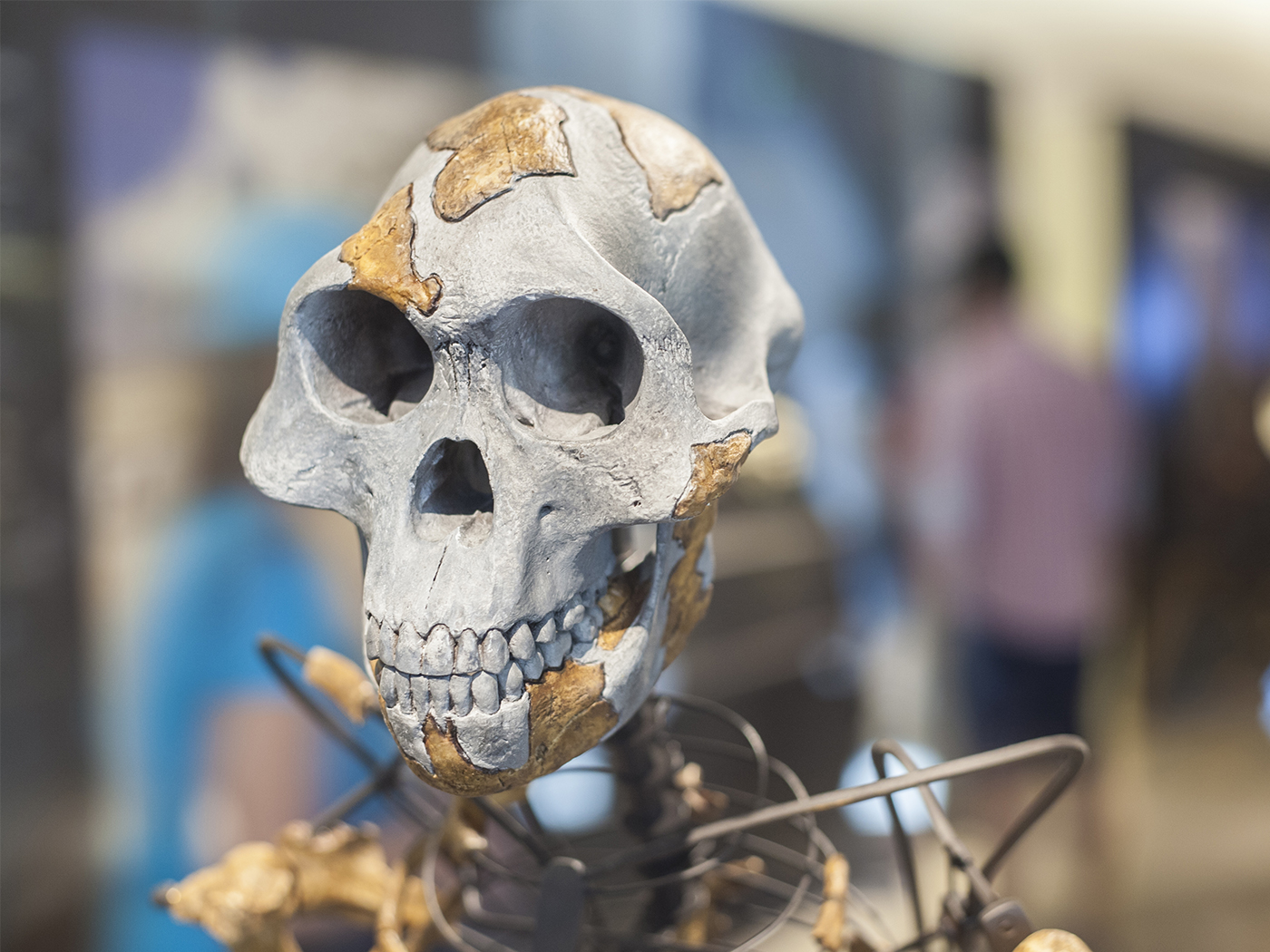The evolutionary community has been buzzing over bacteria's new ability to obtain citrate, a carbon-containing chemical, from their environment and use it as a food source. Some say this confirms evolution in action, but what if the bacteria were designed to modify themselves? That might disappoint evolution enthusiasts.
Microbiologist Richard Lenski is renowned for managing the most extensive and intensive evolutionary experiment on bacteria. Over several decades, his team has tracked changes in over 40,000 generations of E. coli. Although these bacteria normally can't import citrate in the presence of oxygen, after 30,000 generations, some of his did. Did the bacteria invent a new mechanism to import citrate? If so, then how?
To verify that this new trait represents the kind of evolution that can change a microbe into a man, researchers needed to describe exactly what went on behind the scenes. The highly anticipated details appear in the journal Nature.1
Prior to this new trait, none of the other observed changes that Lenski and his team had tracked showed that the bacteria evolved into a different basic kind—they were all still E. coli. And so far, none of those changes specified any new functional coding, which would occur the same as if chance-based phenomena could write a computer program. Did the strain of E. coli that acquired the new ability to import citrate—called Cit+—construct new functional, biochemical machinery by chance-base mutations?
In 2010, biochemist Michael Behe reviewed 12 new phenotypes, which are outward expressions of genetic coding, that Lenski's E. coli displayed from 1994 to 2008.2 Behe categorized the known genetics producing each new bacterial phenotype as either losing, shuffling, or gaining what he called "functional coded elements," which include genes and gene promoters. All the known changes in the bacteria were either a loss or reorganization of pre-existing functional coded elements. None of the new phenotypes came from a gain of functional coded elements, and yet this is what molecules-to-man evolution requires.
At that time, the mechanism underlying the citrate-eating phenotype was unknown. Behe wrote, "If the [Cit+] phenotype is due to one or more mutations that result in, for example, the addition of a novel genetic regulatory element, gene-duplication with sequence divergence, or the gain of a new binding site, then it will be a noteworthy gain-of-FCT [Functional Coded elemenT] mutation."2
So, the big question is: Did E. coli evolve into a Cit+ strain by natural selection? Or did mutations construct new and functional coded elements to its DNA? If so, it would be the first in recorded biological history. If not, then it would be just another loss or modification of a pre-existing piece.
In Lenski's experiment, the bacteria (both Cit+ and wild-type) already possessed a gene named citT. It encodes a protein that transports a range of citrate-like chemicals. The recent results showed that the bacteria made extra copies of citT and a neighboring sequence—a process called gene amplification.
More copies of the gene should translate to higher amounts of the transporter protein that it encodes. With enough transporters, the bacteria could access enough citrate. But oxygen deactivates citT, and having many copies of a gene that is turned off is not very useful!
But the bacteria solved this problem when the amplification event also moved the gene sequence to a different place in the bacterial chromosome, where a different but pre-existing promoter could regulate it. Unlike the original one, it appears that the new promoter does not have an "oxygen off" switching mode. Instead, it allowed expression of citT in the presence of oxygen so that the bacteria successfully imported enough citrate to grow.
The study authors wrote, "The structure of the cit amplification led us to propose that the Cit+ trait arose from an amplification-mediated promoter capture."1 Further investigation confirmed the proposal.
So, the bacteria solved the problem of accessing an alternative food source by generating extra copies of the critical gene and by placing those copies under the control of an appropriate promoter. Does any of this resemble natural, undirected Darwinian evolution? Not at all. This amazing mechanism invented no new functional coded elements. It merely modified pre-existing elements.
Therefore, not only did the Cit+ bacteria not evolve in the molecules-to-man direction, but they showed what could only be ingenious DNA rearrangement mechanisms. What mainstream headlines portrayed as evidence for evolution is actually the opposite.3
References
- Blount, Z. D. et al. 2012. Genomic analysis of a key innovation in an experimental Escherichia coli population. Nature. 489 (7417): 513-518.
- Behe, M. Experimental Evolution, Loss-of-Function Mutations, and "The First Rule of Adaptive Evolution." The Quarterly Review of Biology. 85 (4): 419-445.
- For example, see: Boytchev, H. Evolutionary innovation caught in the act. The Washington Post. Posted on washingtonpost.com September 19, 2012, accessed September 30, 2012., and Evolution is as complicated as 1-2-3. Michigan State University News. Posted on news.msu.edu September 19, 2012, accessed October 12, 2012.
* Mr. Thomas is Science Writer at the Institute for Creation Research.
Article posted on October 15, 2012.













